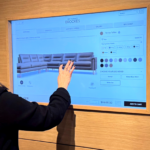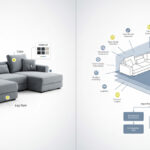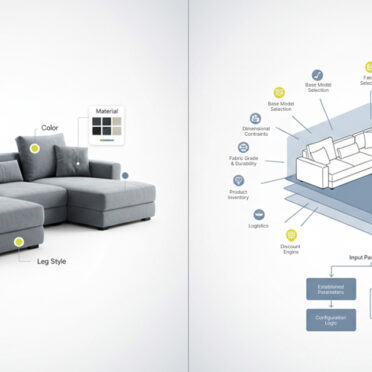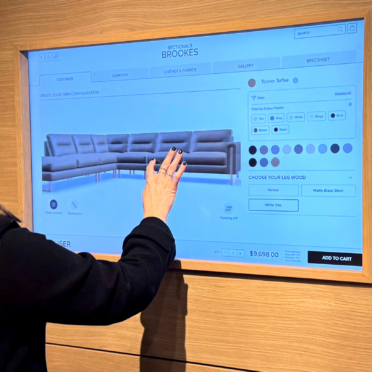Retailers marketing teams are pulled in a dozen directions. They’re managing a website, running ads, posting on social media, sending emails, and more. Too often, these efforts happen in isolation. The website says one thing, social posts say another, and ads aren’t aligned with either.
The result? Missed sales, wasted budgets, and shoppers slipping through the cracks. Then drawn instead to competitors’ lively and cohesive campaigns. Today’s buyers engage across both digital and physical touch points. This makes fragmented digital marketing for furnishings retailers not just inefficient—it’s deadly to growth.
Omnichannel Marketing: Shoppers See One Brand, Not Individual Channels
Consumers don’t shop in silos. They might first spot a sofa on Instagram and Google the brand. Then they may get retargeted via ads, receive an email promotion, and eventually make a purchase.
But if those messages don’t align—if a website promotion doesn’t match social or an email feels disjointed—trust erodes. Seamless consistency signals professionalism; anything less suggests disorganization.
Marketing is no longer about where shoppers find you, but how consistently they encounter your brand at every touchpoint. Retailers using three or more channels increase consumer engagement by 250% compared to single-channel retailers. (Capital One Shopping Research, 2025)
How Digital Marketing Drives Sales for Retailers
Digital marketing isn’t just about visibility—it’s one of the most powerful sales tools a furnishings retailer has today. Shoppers don’t simply encounter a brand once and decide to buy. Studies show consumers interact with brands through an average of six touch points before making a purchase (Capital One Shopping Research, 2025).
In fact, within home furnishings specifically, the modern shopper now interacts with as many as 11 different touch points across digital and physical channels before buying (HFA, 2024).
Retailers who connect those dots reap real results. Omnichannel campaigns have been found to drive purchase rates nearly three times higher than single-channel efforts. And in those cases, every touchpoint reinforces the last. The payoff doesn’t stop at conversion either. Retailers with strong omnichannel strategies retain up to 90% of their customers. Only about a third is true for those with siloed approaches. (Capital One Shopping Research, 2025)
And with more than a quarter of all retail sales now tied to omnichannel shoppers (Persuasion Nation, 2024), the evidence is clear: digital marketing isn’t just support for sales—it is the sales engine.
Why Retailers Struggle With In-House Digital Marketing
The challenge is that very few furnishings retailers are equipped to run this kind of strategy internally. Most still rely on a patchwork approach: a store associate doubling as a social media manager, a freelancer handling a few ads, or an occasional email blast when time allows.
It’s no surprise then that 73% of small business owners admit they lack confidence their marketing strategies are moving them toward business goals (Forbes, 2024). The skills gap is real: while almost every retail employee today needs digital fluency, only about a third have the advanced skills required to execute campaigns effectively.
The result is predictable: marketing that is sporadic at best, inconsistent across channels, and misaligned with customer behavior. And because digital marketing is increasingly complex—from paid ad optimization to SEO to data analytics—even well-intentioned campaigns often miss the mark. This wastes spend instead of driving sales.
Retail Growth in 2025 Requires a Connected Omnichannel Strategy
Retail growth in 2025 demands more than isolated efforts or sporadic campaigns. It needs a coordinated, omnichannel strategy where every dollar works harder and messaging resonates across touchpoints.
Omnichannel isn’t optional. It’s the baseline for competitive performance. Furnishings retailers face a stark choice: build a fragmented patchwork and lag behind—or invest in seamless digital marketing and make it happen.
Learn more about our digital marketing services for retailer growth









